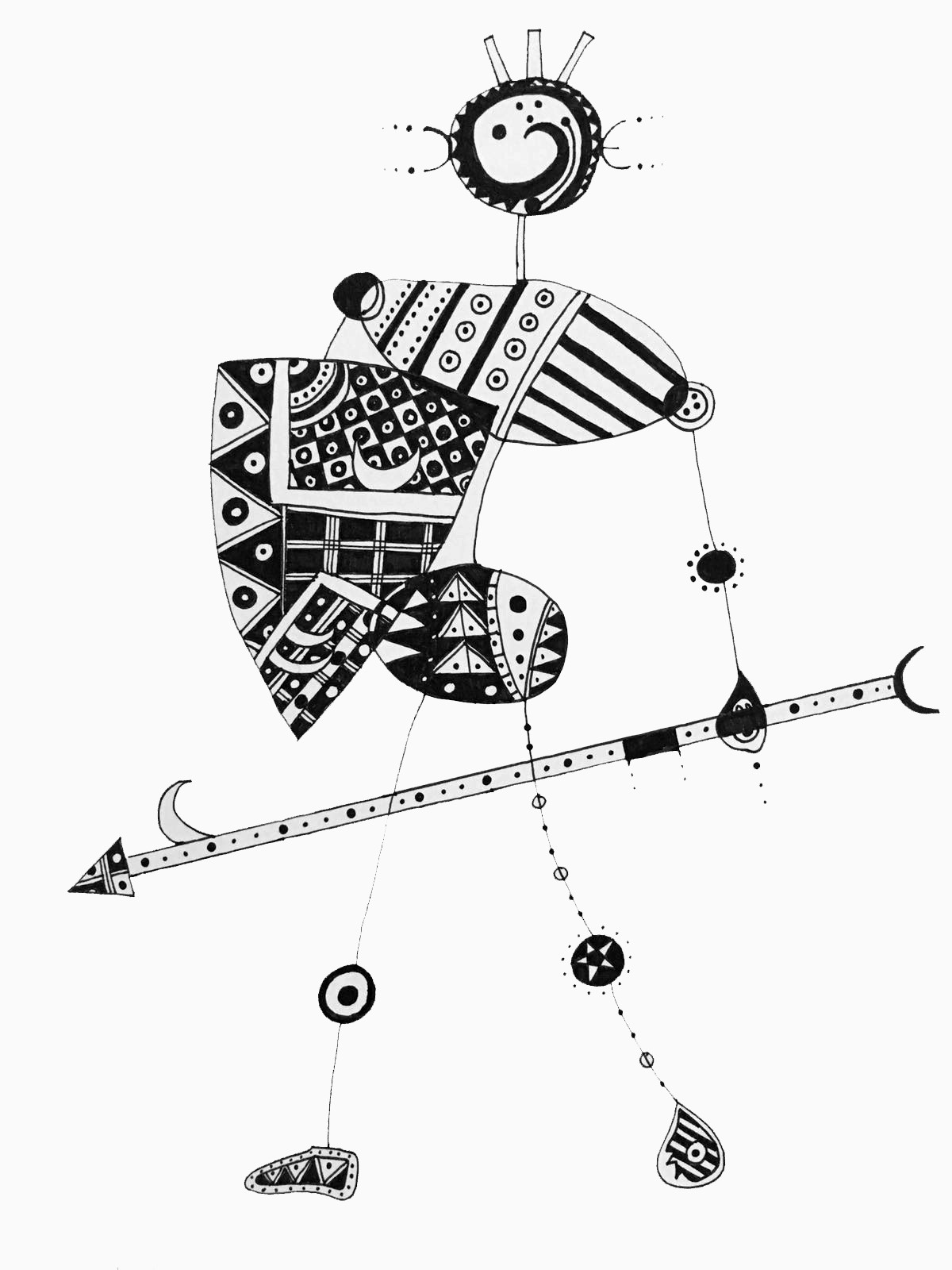"Nouveau Tristan" (Jean Maugin, 1554), nouvelles émotions ?
DOI:
https://doi.org/10.7203/tirant.22.15283 Abstract
Abstract
Résumé
En 1554, le libraire Jean Maugin, s’inspirant de l’une des huit éditions complètes du Tristan en prose des xve et xvie siècles, propose une nouvelle version du roman. Le Premier Livre du Nouveau Tristan roy de Leonnois, chevalier de la Table Ronde, et d’Yseulte princesse d’Yrlande, royne de Cornouaille, fait Françoys par Jan Maugin, dit l’Angevin constitue une réécriture du texte médiéval caractérisée par l’alliance d’une fidélité aux sources et d’une déconstruction du mythe tristanien (Laurance Harf-Lancner, 1984). Nous nous proposons de comparer cette réécriture au roman du xiiie siècle et de nous concentrer sur la représentation des émotions liées aux scènes d’armes et aux scènes d’amour. Nous nous fonderons sur le travail de Raphaël Micheli (2014) qui analyse les modes de sémiotisation de l’émotion en discours et distingue l’émotion dite, l’émotion montrée et l’émotion étayée. Là où l’original en prose dit véritablement l’émotion, comme un témoigne le grand nombre d’occurrences, le Nouveau Tristan préfère en effet la montrer ou l’étayer. Le propos de cet article sera donc d’analyser les changements du traitement des émotions liées aux contextes d’arma et d’amor entre les œuvres du xiiie et du xvie siècle et de questionner son éventuelle insertion dans une crise du récit chevaleresque.
Abstract
In 1554, the rewriter and marchand-librairie Jean Maugin written a new version of the Prose Tristan. Le Premier Livre du Nouveau Tristan roy de Leonnois, chevalier de la Table Ronde, et d’Yseulte princesse d’Yrlande, royne de Cornouaille, fait Françoys par Jan Maugin, dit l’Angevin rewrites the thirteenth century text mixing fidelity to the sources and deconstruction of the Tristanian myth (Harf-Lancner, 1984). I propose to compare the Nouveau Tristan with the 13th century Prose Tristan and to focus on the representation of emotions related to arma and amor scenes. I draw this research on work done by Raphaël Micheli who examines the semiotisation of emotions in discourse and identifies émotion dite, émotion montrée and émotion étayée (2014). The Prose Tristan truly tells emotion, as we can see by the large number of occurrences, but the Nouveau Tristan prefers to show or support it. My purpose is to analyze the changes on the treatment of emotions related to the contexts of arma and amor between the texts of the 13th and 16th centuries and to question its possible inclusion in a chivalric narrative crisis.
 Downloads
Downloads
Downloads
Published
How to Cite
-
Abstract512
-
PDF (Català)248
Issue
Section
License
Tots els documents inclosos a ojs són d'accés lliure i propietat dels seus autors segons llicència Creative Commons 4.0 Attribution International:



